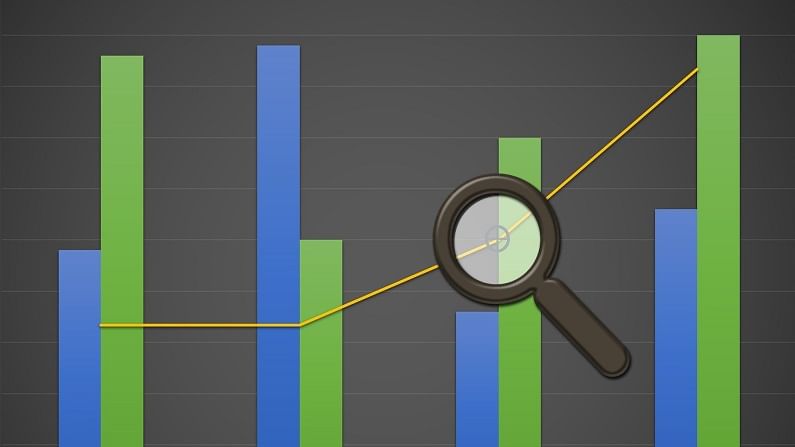All you need to know about dynamic asset allocation funds
Dynamic Asset Allocation funds are apt for the those with comparatively low risk appetite and longer time horizon

As the very name suggests, the Dynamic Asset Allocation funds refer to the type of mutual funds that are dynamic in nature. Unlike the traditional asset allocation funds that invest in debt and equity in a pre-defined proportion regardless of market conditions, the Dynamic Asset Allocation funds are the ones that allocate funds in equity, equity-linked derivatives and debt—based on their own valuation parameters like price to earning (P/E) ratio. These funds can allocate 0% to 100% in Equity and Equity-linked instruments or in Debt instruments.
Dynamic Asset Allocation funds have flexibility to exit from an asset class if the valuations seem high as per their internal model. It can help the fund to book profit and move to a more conservative asset if warranted by market conditions.
While investing in Dynamic Asset Allocation Funds, one should have a time horizon of around 2-3 years at the minimum. A longer time horizon is always recommended.
How do these funds work?
It is rightly said that avoiding downturns is critical to long term success in investing. This remains the thumb rule behind investment in Dynamic Asset Allocation funds.
Asset allocation is done by investing money in more than one asset class. The Dynamic Asset Allocation funds sell equity during its upside and reinvest in debt / hedged derivatives. This way, the returns during a bull market remains lower but just after the end of the bull run, these funds tend to make maximum profits.
Let us understand this with a simple example: A fund has invested 40% of its funds in equities, 20% in debt, and 30% in equity-linked instruments, while keeping 10% as cash in hand. When the equity market peaks, the fund would reduce the equities portfolio to less than about 20% while increasing its exposure to debt. Now when the equity market would slide, the fund would again increase its investment in equities while scaling down investments in debt.
Dynamic Asset Allocation funds follow well-researched models of market behaviour and are not driven by subjective decisions. These funds try to achieve time-tested formula of “buying equities at lower levels and booking profits at higher levels.” So, the primary objective remains of earning superior returns while keeping the volatility low.
Taxation
What makes Dynamic Asset Allocation Funds even more attractive is that these funds are taxed like equity funds, where long term capital gain tax is just 10%, that too above Rs 1 lakh in a financial year. Even short-term gains are taxed at 15%, which is lower than rate applicable on pure debt funds or bank deposits.
Conclusion
It can be concluded that Dynamic Asset Allocation funds are apt for the those with comparatively low risk appetite and longer time horizon. These funds can help you achieve better returns compared to bank deposits.
(The author is CEO, Nivesh.com. Views expressed are personal)